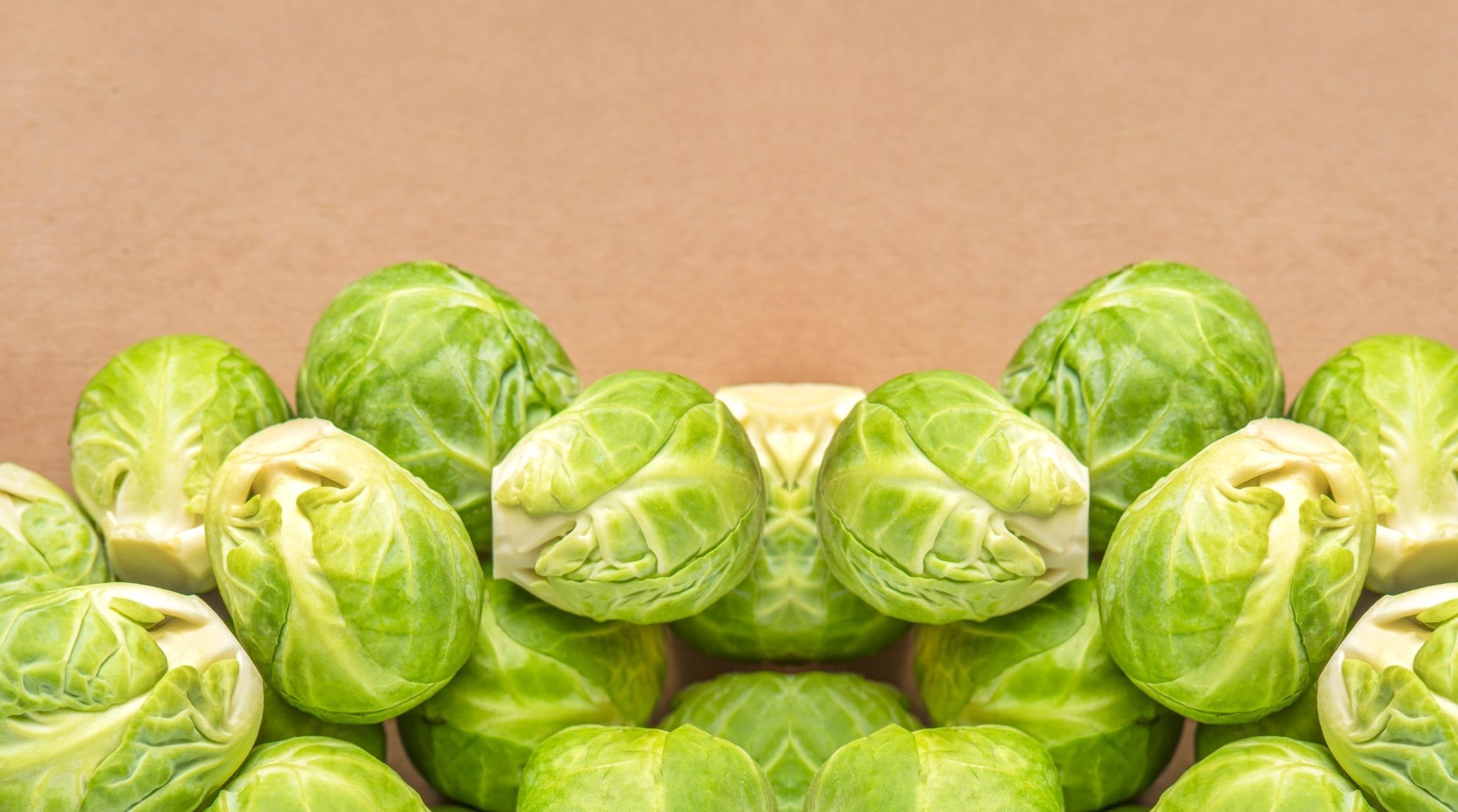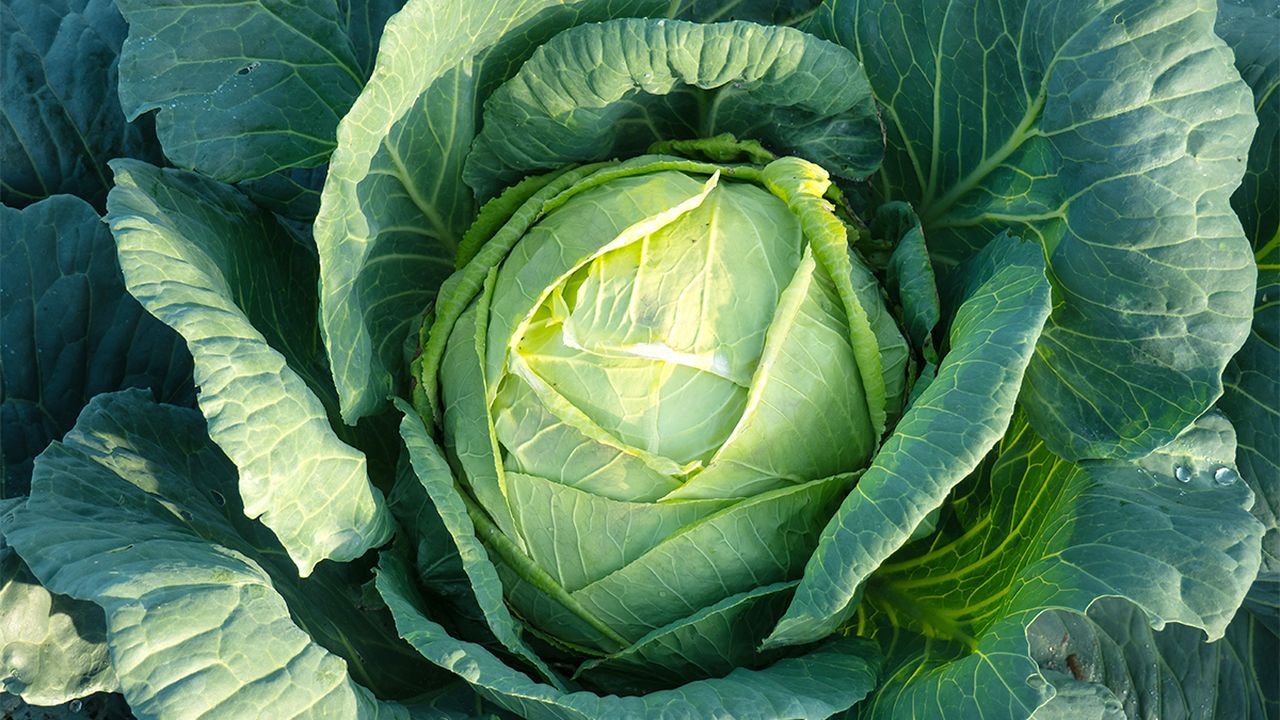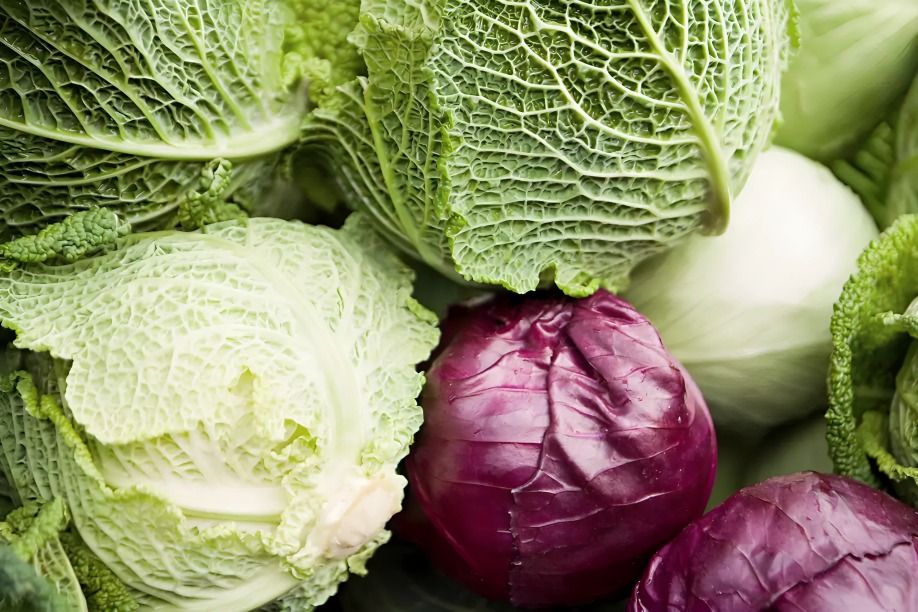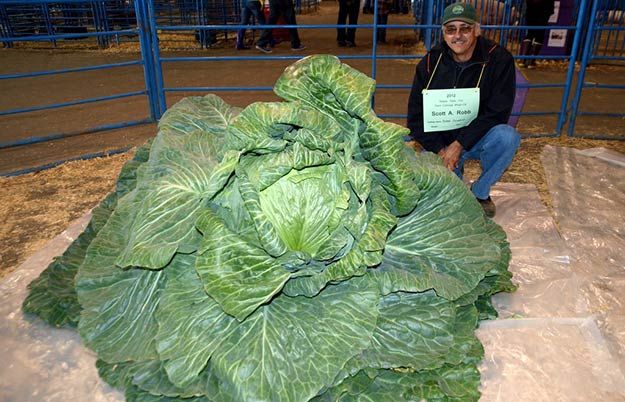
“
Discover the "Fascinating Facts About Cabbage" highlighting this humble vegetable's extraordinary qualities. Cabbage, a staple in many cuisines worldwide, is versatile and packed with essential nutrients. From its historical significance to its various health benefits, cabbage has much more to offer than meets the eye. Rich in vitamins, minerals, and antioxidants, it supports overall well-being and is celebrated for its role in diverse dishes. Dive into these captivating details to learn how cabbage has earned its place as a nutritional powerhouse and a culinary favorite.1
1
”
Cabbage (Brassica oleracea) is a biennial in the Brassicaceae family, known for its dense, leafy head. Thriving in cooler climates, it's cultivated as a leafy green vegetable adaptable to various weather conditions. 1
Ancient Greeks and Romans valued cabbage for its medicinal properties, using it to aid digestion and heal wounds. This historical use underscores cabbage's long-standing role in traditional medicine and its ongoing health benefits. 2
In 1996, cabbage seeds traveled to space aboard the Space Shuttle Columbia to study plant growth in microgravity. This mission demonstrated cabbage's adaptability and role in scientific research, showcasing its resilience in diverse environments. 3
Cabbage naturally repels certain insects through emitted compounds, acting as a pesticide. This makes it a valuable garden plant, helping protect other crops and reducing the need for synthetic chemicals, benefiting organic gardening practices. 4

The tightly packed cabbage leaves form a dense head that preserves freshness and visual appeal. This unique structure extends shelf life and contributes to the vegetable's attractiveness and usability in various dishes.
As a cool-season crop, cabbage thrives in spring and fall and can tolerate light frost. Its adaptability to different climates allows for extended harvest periods, making it a resilient and versatile vegetable for varying growing conditions. 5
Cabbage is one of the few vegetables that retains its nutrients even after freezing. It is an excellent vitamin C and fiber source, and its nutritional value remains high when frozen for later use. 6
Rich in dietary fiber, cabbage supports healthy digestion and prevents constipation. Including cabbage in your diet promotes a balanced digestive system and overall gut health, making it a beneficial addition to a well-rounded nutrition plan. 7

Cabbage comes in green, red, and purple varieties, each with unique antioxidants and nutritional benefits. These color variations enhance visual appeal and diversify the nutritional content, making cabbage a versatile meal ingredient.
Cabbage cultivation significantly impacts local economies by providing jobs and supporting markets. As a staple crop, it plays a crucial role in agriculture and the global food supply chain, underscoring its economic importance. 8
The heaviest red cabbage, weighing 31.6 kg (69 lb 10 oz), was grown by Neil Hands and showcased at The Grow Show: On Tour in Mansfield, UK, on September 26, 2020, after the Malvern Autumn Show was canceled.9
Cabbage leaves serve as livestock feed, benefiting their health and growth. This use demonstrates cabbage’s versatility and importance beyond human consumption, contributing to agricultural systems and livestock nutrition. 10
The longest cabbage roll, measuring 19.54 m (64 ft 1 in), was created by the Sóvidék-Hegyalja Tourism Association in Praid, Harghita County, Romania, on September 26, 2015, showcasing an impressive culinary feat. 11
Globally, cabbage is grown widely by significant producers like China, India, and Russia. China produces nearly half the world’s supply due to its favorable growing conditions and extensive agricultural practices. 12

The heaviest cabbage, weighing 62.71 kg (138.25 lb), was showcased by Scott A. Robb at the Alaska State Fair in Palmer, Alaska, on August 31, 2012. Robb has previously set records for various vegetables.
The giant cabbage dish, weighing 2,960 kg (6,525.68 lb), was created by Kaufland in Odorheiu Secuiesc, Romania, on November 8, 2014. This massive dish showcases the scale of cabbage preparations. 13
Cabbage seeds can be pressed to extract oil used in cooking and cosmetics. This oil, valued for its fatty acids, finds applications in both culinary and skincare products, showcasing cabbage’s benefits beyond just its vegetable form. 14
In sustainable agriculture, cabbage is an effective cover crop, improving soil health and preventing erosion. Its robust growth helps maintain fertile farmland, making it a key player in eco-friendly farming practices and soil management. 15
Some cabbage varieties are ready for harvest in just 60 days from planting, offering a quick crop turnaround. This shorter growing period allows gardeners to enjoy fresh cabbage sooner than other vegetables. 16
Cabbage is about 90% water, making it a hydrating vegetable that supports overall wellness. Its high water content helps keep you refreshed and maintains essential bodily functions, contributing to overall hydration. 17


